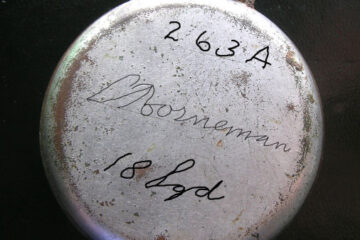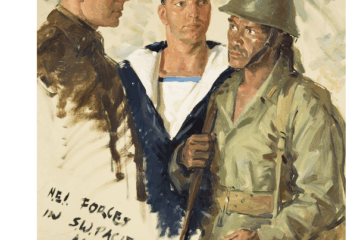While most convicts transported to Australia came from Britain or Ireland there are also a remarkable number of Dutch names under the convicts. Some might have been Dutch people living in England, but others in one way or another also ended up in Australia.
The following is a list of known names, however there might be more convicts of Dutch descent.
Jane Vandebus was born in England in 1763 and was tried at the Old Bailey, London on 12 September 1787 for receiving stolen goods and was sentenced to transportation for 14 years in 1790. She arrived on the ship Lady Juliana on June 6 in 1790 in Sydney.
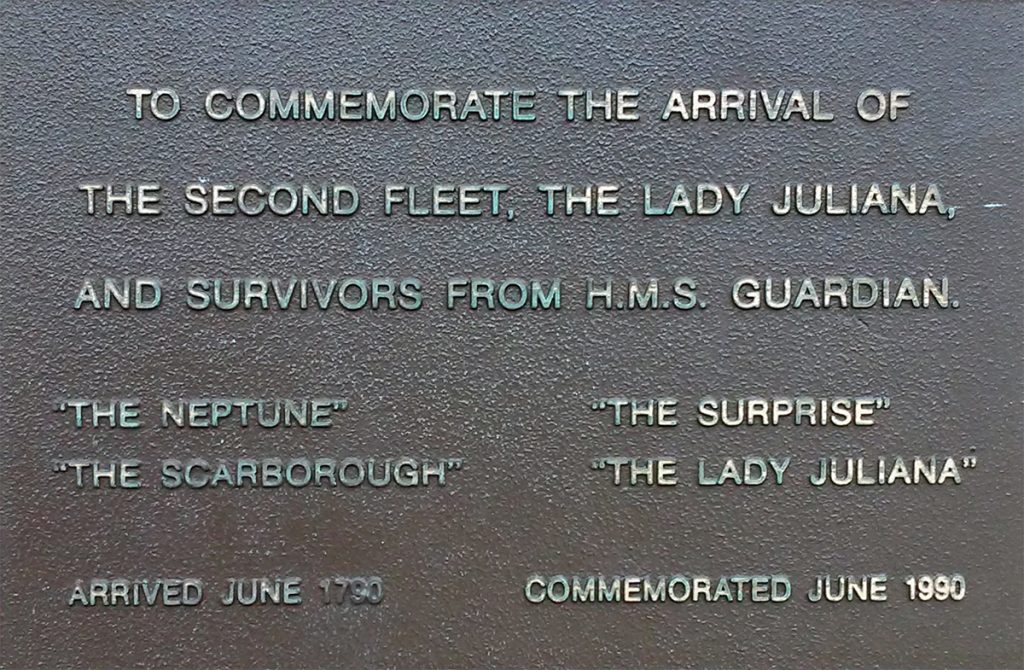
This was a convict ship of 401 tons which sailed from Plymouth bringing 226 female convicts and had a reputation as a floating brothel. John Nicol wrote of the convicts on board: ‘There were not a great many very bad characters; the greater number were for petty crimes, and a great proportion for only being disorderly, that is, street-walkers; the colony at the time being in great want of women’.
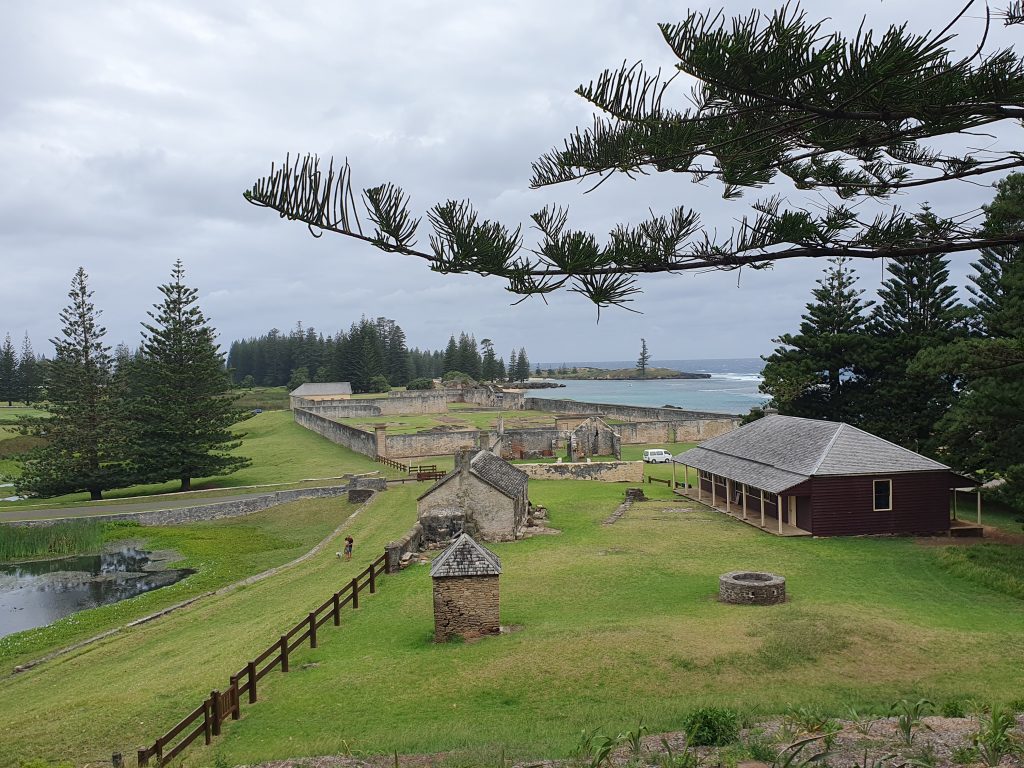
Soon after her arrival in Sydney she was – on August 1 – sent on the ship merchant ship Surprize, with 150 convict women from Lady Juliana, to Norfolk Island. She returned to Sydney in 1794 when her sentence expired.
John Vandiest was in 1791 transported on the Third Fleet merchant ship Admiral Barrington to serve a 7 year sentence.
Another interesting story relates to the Dutchman Jan Pelgrom de Bye. He was convicted of theft in the Netherlands and sent to Australia in 1803 as part of a “French fleet” of prisoners, a group of about 300 convicts who were transported on French ships taken over by the British.
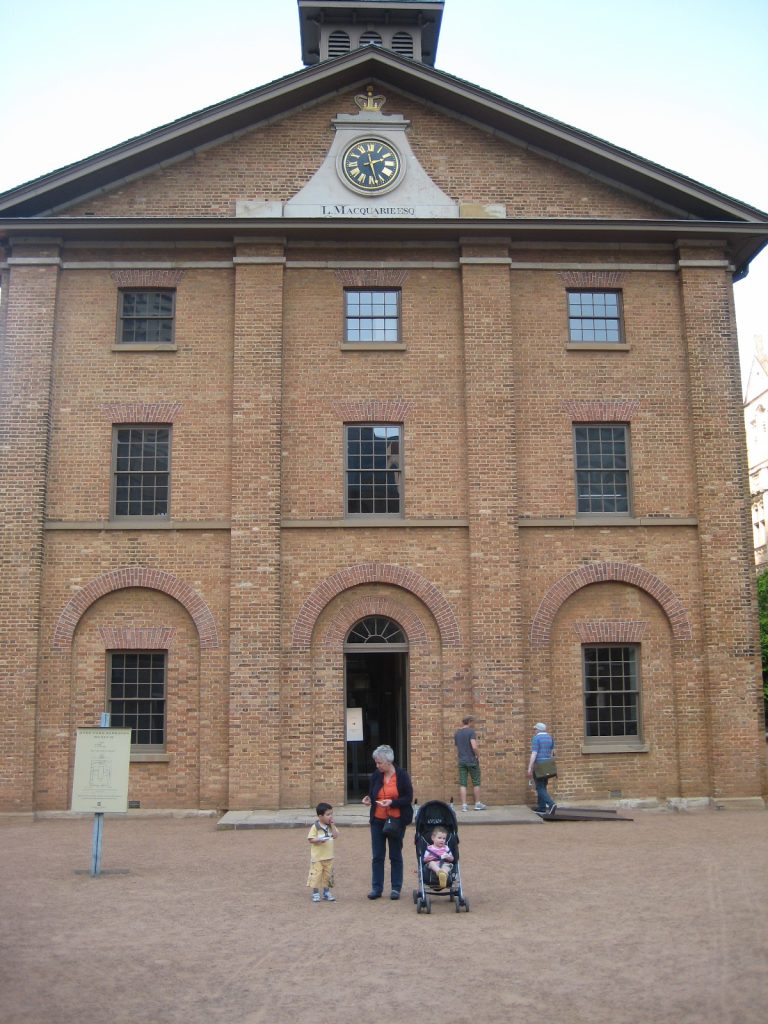
Maria de Groot an Amsterdam-born woman was convicted of stealing two stockings in 1806 and then transported to the Penal Colony of New South Wales. She later married a fellow prisoner and became a successful farmer in the colony.
Gerrit Harmens was convicted in 1819 of stealing sheep in England and then transported to the penal colony of Van Diemen’s Land (Tasmania). He managed to escape from prison and then lived as a bushranger (gang leader) in Tasmania before finally being captured again and sent back to prison.
The sailor Jan de Geus was convicted of theft in 1827 and then transported to the penal colony of New South Wales. He managed to escape and was never seen again.
Another sailor Willem Mengelberg was convicted of theft in 1827 and then transported to the penal colony of New South Wales. He managed to escape and later managed to build a successful career as a conductor in Europe.
Charles Askey was convicted of burglary in England in 1828 and then transported to the penal colony of New South Wales. He later worked as one of the first surveyors in the colony and helped map the city of Sydney.
Amsterdam-born man Klaas Gerritszoon Pool was convicted of theft in 1831 and then transported to the penal colony of Van Diemen’s Land. He was later released and married a woman in Tasmania.
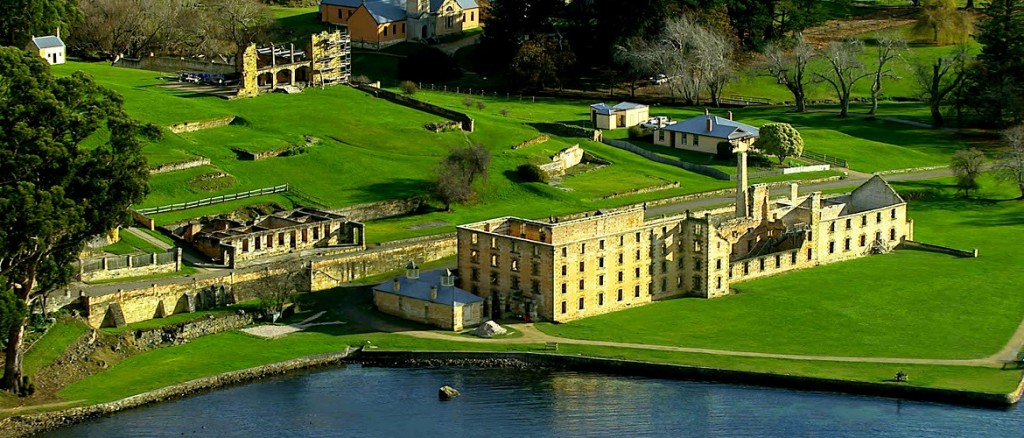
Cornelis Prinsloo, a South African-born man of Dutch descent, was convicted of theft in 1844 and then transported to the penal colony of Van Diemen’s Land. He was later released and married a woman in Tasmania.
Pieter Bakker was born in Friesland and convicted of theft in 1845 and then transported to the penal colony of Van Diemen’s Land. He was later released and subsequently lived in Tasmania.
Petronella O’Donnell, a woman of Dutch descent born in Batavia (present-day Jakarta), was convicted of theft in 1847 and then transported to the penal colony of Van Diemen’s Land. She later married a man in Tasmania and had children.
Haan Hartog (born c1828) who was convicted in Birmingham of stealing cigars and sentenced to seven years transportation. He arrived in Sydney on the Hashemy a convict ship of 638 tons which experienced a cholera outbreak on its 1849 voyage.
Sailor, Johannes van der Linden was convicted of drunkenness in 1852 and then transported to the penal colony of Van Diemen’s Land. He was later released and returned to the Netherlands.
And another sailor Abraham de Koning was convicted of theft in 1853 and then transported to the penal colony of Van Diemen’s Land. He was later released and returned to the Netherlands.
German-born man Johan Jurgens, of Dutch descent was convicted of theft in 1868 and then transported to the penal colony of Western Australia. He managed to escape and was never seen again.
Amsterdam-born man Hendrik de Vries was convicted of theft in 1874 and then transported to the penal colony of Western Australia. He was later released and returned to the Netherlands.
Rabbi John Levi’s biographical dictionary includes information on several Dutch Jewish convicts who were transported to Australia during the 19th century. Some of the individuals mentioned in the dictionary include:
- Daniel Cohen – A Dutch Jew who was transported to Australia in 1822 for theft. He was assigned to work as a clerk in the commissariat department and later became a prosperous merchant in Sydney.
- Moses Joseph – A Dutch Jew who was transported to Australia in 1826 for stealing money. He became a prominent businessman in Sydney and later moved to New Zealand.
- Morris Benjamin – A Dutch Jew who was transported to Australia in 1828 for stealing a watch. He was assigned to work as a clerk in the commissariat department and later became a successful merchant in Sydney.
- Abraham Jonas – A Dutch Jew who was transported to Australia in 1833 for stealing a coat. He worked as a clerk in the police department and later became a successful businessman in Sydney.
- Joseph Franks – he was transported to Australia in 1814 and had been convicted of theft in London. He was transported to Sydney on the ship “Earl of Liverpool” and arrived in the colony in 1815. After serving his sentence, he was granted a conditional pardon in 1822 and went on to become a successful merchant and businessman in Sydney. He was involved in the trade of livestock, and also served as a magistrate and played an active role in the development of the Jewish community in Sydney.
- Israel Levi was born in the Netherlands in 1792, was a hatter, and was transported to Australia in 1818. He married in 1822 and was assigned to work for his wife as a convict. He was later transported to Norfolk Island for a second offense, where he worked as a convict overseer. He was again arrested in 1849.
- Joseph Aarons was convicted of stealing in London in 1822 and sentenced to transportation to Australia for seven years. He arrived in Sydney, Australia aboard the ship “Hooghly” in 1825. After serving his sentence, he received a conditional pardon in 1829 and a full pardon in 1836. He went on to become a successful merchant in New South Wales and is credited with opening one of the first stores in the town of Maitland, located near Wallis Plains. His store sold a variety of goods, including clothing, hardware, and food items. Aarons was also involved in other business ventures, such as shipping and whaling.
- Jacob Myers born in 1808 in Amsterdam was convicted of larceny in London in 1825 was transported to Australia aboard the ship “Larkins” in 1825. He was transported to Moreton Bay (Brisbane) as he had been absconded twice. After serving his sentence, he was granted a conditional pardon in 1833 and a free pardon in 1837. He later became an innkeeper in the Blue Mountains.
- William Abrahams boen in 1811 in the Netherlands was a convict who arrived in Sydney in 1828. He was a tailor by trade and was convicted of stealing a cap. After serving his sentence, he worked as a tailor in Sydney. He was also active in the Jewish community and served as a member of the synagogue board.
- Raphael Gabay was born in London in 1813 and was of Sephardic Jewish descent. He was convicted of larceny at the Old Bailey in London in 1832 and sentenced to transportation for life. He was transported to Australia aboard the “Camden” in 1833. After arriving in Australia, he was initially sent to the Port Macquarie penal settlement. However, he was eventually transferred to other stations, including the Port Arthur in Tasmania. He was released on a conditional pardon in 1853 and later became a successful businessman in Sydney, running a number of successful businesses including a shoe store and a general store.
- Abraham Polack was born in Den Haag in 1797. He convicted for stealing a watch from a prostitute in London and was transported to in Sydney in 1820. After serving his sentence, he worked as a merchant in Sydney and was known for his skill in trading goods. He later set up a shipping business in New Zealand.
See also: Dutch supplies for starving First Fleeters in Sydney – 1790
